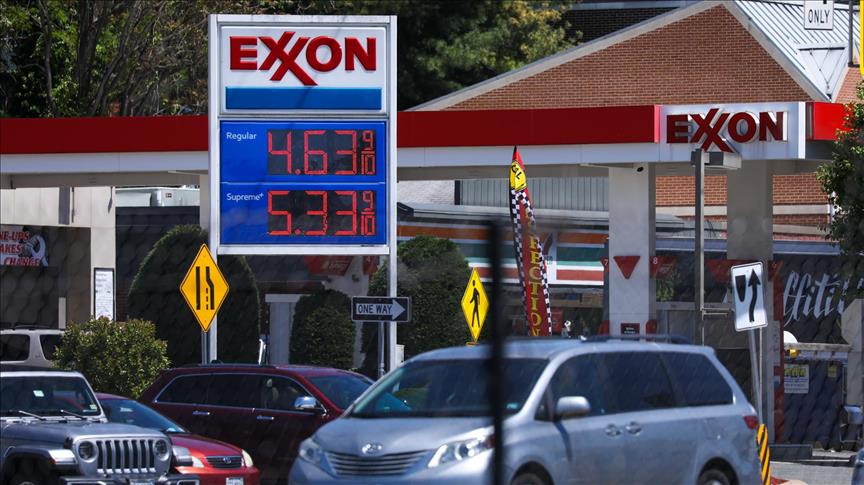

By Anadolu Agency
The Asia-Pacific (APAC) electric vehicle (EV) battery market is forecast to grow by 13.3% over the next five years, reaching 28.2 million units, according to data released on Tuesday by analytics company GlobalData.
According to GlobalData’s most recent study, Global Sector Overview and Forecast: Battery Technologies, the APAC EV battery market is expected to total 15.1 million units this year.
As the transition to electric vehicles gains traction, demand for lithium-ion (Li-ion) batteries is skyrocketing across APAC’s key automotive markets. As a result, supply chain considerations have become important.
The rising demand for Li-ion batteries is expected to increase the need for key materials, according to Lucy Tripathi, a senior automotive analyst at GlobalData.
‘Accelerating innovation can be beneficial, for example, by supporting the adoption of car models with optimum battery sizes and the growth of battery recycling. These new battery technologies also require less of certain essential minerals,’ Tripathi said.
Currently, China has the largest EV market in the world, dominating the majority of EV battery supply chains, while South Korea has a strong battery value chain.
According to Tripathi, 75% of all Li-ion batteries are made in China, which has more than half the world’s capacity for processing and refining lithium, cobalt, and graphite. The country also has 85% of the world’s anode and 70% of the world’s cathode production capacity.
– Rising role of mining sector for EV battery materials
The price of battery metal surged at the beginning of last year, posing a significant barrier for the EV industry.
According to GlobalData, battery material prices will also rise significantly due to shortages in the market and underinvestment.
Tightening supplies led many automotive and battery manufacturers to establish their own battery gigafactories or form joint ventures.
‘Companies should consider sourcing, specifically raw materials and equipment for battery manufacturing, during building and production processes to prevent delays and cost overruns. They can minimize costs and ensure factory ramp-up by building reliable supply chains and a solid plan for acquiring raw materials,’ Tripathi concluded.
We use cookies on our website to give you a better experience, improve performance, and for analytics. For more information, please see our Cookie Policy By clicking “Accept” you agree to our use of cookies.
Read More